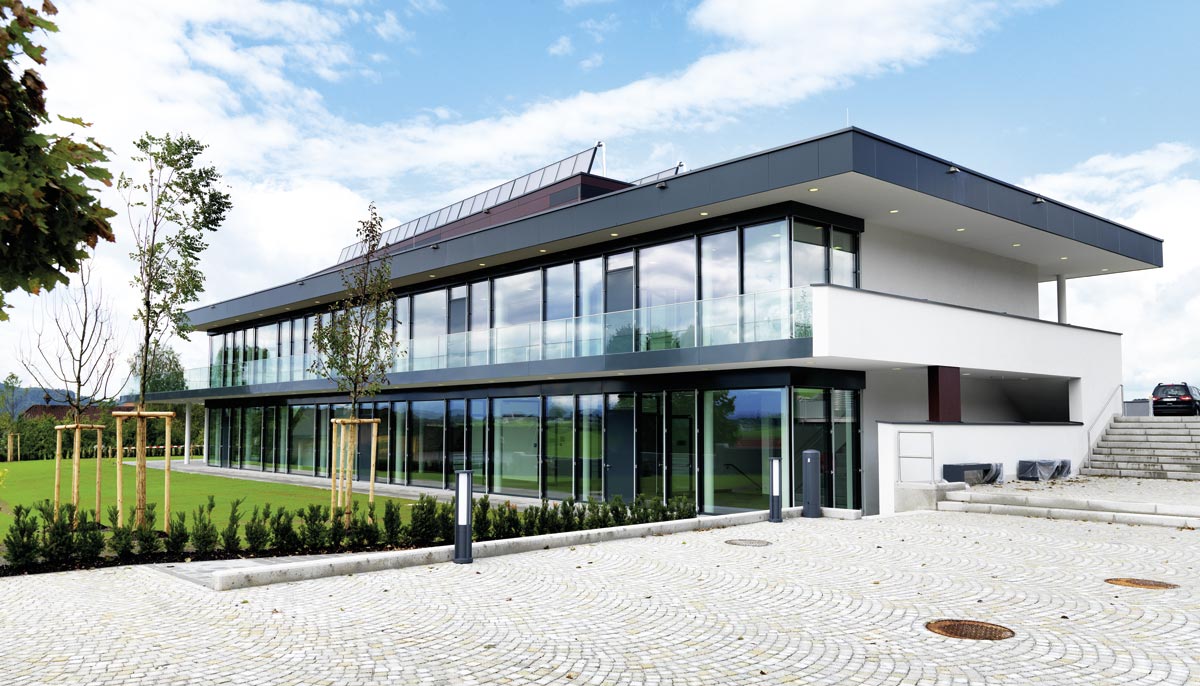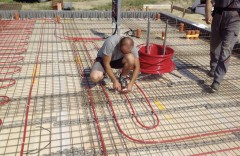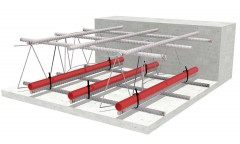An effective way of making buildings more energy-efficient is to store heat in concrete structural elements. To do this, pipe arrays are laid in concrete structural elements with a large area; hot or cold water is then passed through the pipes. The water transfers heat or cold to the concrete, which stores it in its dense material structure and heats or cools the room uniformly. This approach can be coupled with any source of renewable energy; the modest amount of energy needed for heating or cooling can be obtained from a geothermal source or ground water, wind, insolation, PV, a district heating grid or biogenic fuels. The heat or cold obtained from renewables in this way is adjusted to the appropriate temperature level and supplied to the concrete elements. As concrete conducts heat well, heat is rapidly transferred from the pipe array to these elements (with little resistance). As concrete can store large amounts of heat, a floor slab can absorb heat on a fairly large scale without its temperature rising sharply. The system can thus serve as a very efficient storage device for surplus energy from renewable sources. The structural elements can also be charged at irregular intervals with no ill effects on thermal comfort. If enough buildings are equipped to store heat in structural elements, they can blot up surplus power from renewables, thus helping to even out peaks in supply; conversely, this will reduce the demand for electricity when the supply is low.
Planning guidelines and monitoring
The Austrian Cement Industry Association (Vereinigung der Österreichischen Zementindustrie VÖZ) has drawn up a planning guideline explaining how storing heat in structural elements can be used to heat and cool buildings. The guideline covers the physics and design of buildings, heating, ventilation and energy supply. Dimensioning the individual storage components is a key aspect. To compare the capacity of the system in different contexts, the project team is currently monitoring two similar houses, which are equipped to store heat in structural elements, one using wind power, the other solar power. The system might also have considerable potential in large-scale housing complexes; particularly in urban areas this opens up interesting resource-conserving options for supplying heat and storing energy from renewable sources.
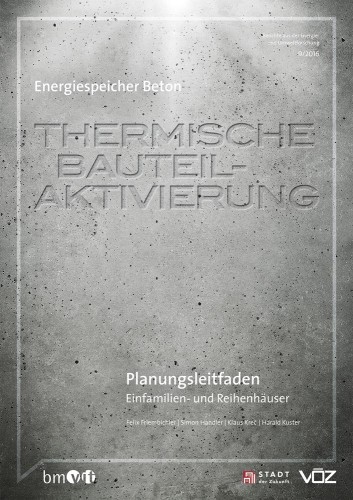
Download (in german): https://nachhaltigwirtschaften.at/de/sdz/publikationen/planungsleitfaden-energiespeicher-beton.php
CONTACT
Frank Huber, Vereinigung der Österreichischen Zementindustrie (VÖZ)
huber@zement-beton.co.at
www.zement.at
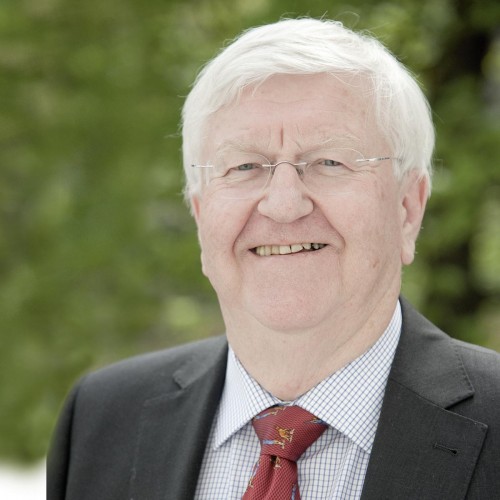
Felix Friembichler
Vereinigung der Österreichischen Zementindustrie VÖZ ( Austrian Cement Industry Association)
